|
|
|
|
Image Gallery for Orchelimum minor - Lesser Pine Katydid
|
 | Recorded by: Steve Hall, Mark Basinger, and Gary Perlmutter
Richmond Co.
Comment: Inaudible to the observers. Recorded using an iPhone |  | Recorded by: Steve Hall
Richmond Co.
Comment: |
 | Recorded by: Steve Hall, Laurie Hamon, Carol Tingley, Tom Howard, and Pat Coin
Moore Co.
Comment: |  | Recorded by: Steve Hall
Richmond Co.
Comment: |
 | Recorded by: Steve Hall, Becky Elkin, Jim Petranka, and Mark Basinger
Moore Co.
Comment: |  | Recorded by: Steve Hall, Becky Elkin, Jim Petranka, and Mark Basinger
Moore Co.
Comment: |
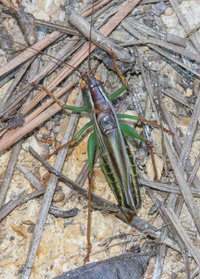 | Recorded by: Steve Hall and Savannah Hall
Chatham Co.
Comment: Found on the ground after a cool, windy night |  | Recorded by: Steve Hall and Savannah Hall
Chatham Co.
Comment: |
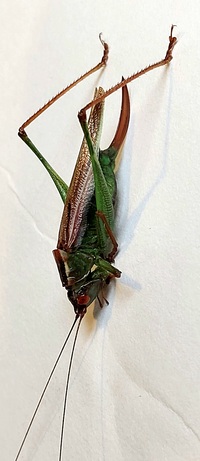 | Recorded by: Mark Basinger
Buncombe Co.
Comment: | 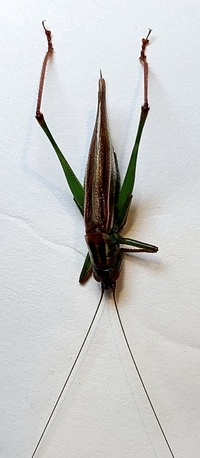 | Recorded by: Mark Basinger
Buncombe Co.
Comment: |
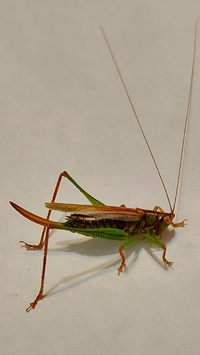 | Recorded by: Mark Basinger
Brunswick Co.
Comment: | 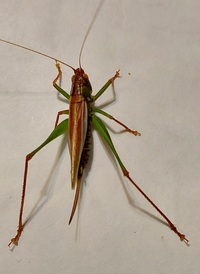 | Recorded by: Mark Basinger
Brunswick Co.
Comment: |
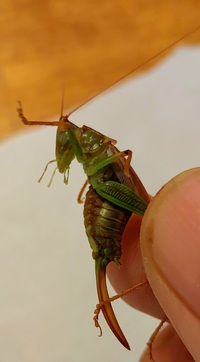 | Recorded by: Mark Basinger
Brunswick Co.
Comment: |  | Recorded by: Kevin Markham
Wake Co.
Comment: |
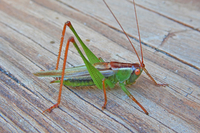 | Recorded by: Mark Shields
Onslow Co.
Comment: |  | Recorded by: Steve Hall
Orange Co.
Comment: Found next to a porch light |
 | Recorded by: Ken Kneidel
Mecklenburg Co.
Comment: | 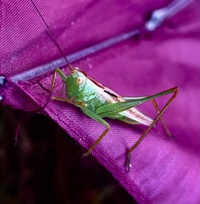 | Recorded by: Ken Kneidel
Mecklenburg Co.
Comment: |
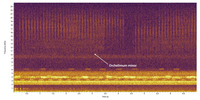 | Recorded by: Steve Hall and Bo Sullivan
Moore Co.
Comment: |  | Recorded by: Jim Petranka and Becky Elkin
Madison Co.
Comment: |
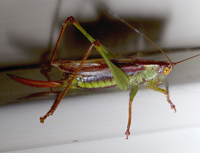 | Recorded by: Jim Petranka and Becky Elkin
Madison Co.
Comment: | 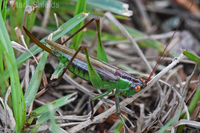 | Recorded by: Mark Shields
Robeson Co.
Comment: |
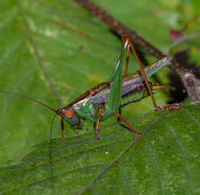 | Recorded by: Stephen Hall
Orange Co.
Comment: |
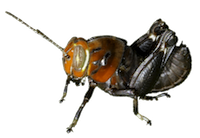
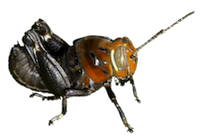 »
»



 »
»

